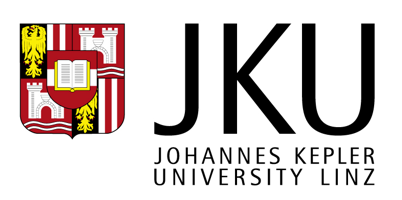Music information retrieval (MIR)
as a subfield of multimedia
information retrieval has been a fast growing field of research during
the past decade. In traditional MIR research, music-related information
were extracted from the audio signal using signal processing
techniques. These methods, however, cannot capture semantic information
that is not encoded in the audio signal, but nonetheless essential to
many consumers, e.g., the meaning of the lyrics of a song or the
political motivation or background of a singer.
In recent years, the emergence of various Web 2.0 platforms and
services dedicated to the music and audio domain, like last.fm, MusicBrainz,
or Discogs,
has been providing novel and powerful, albeit noisy, sources for high
level, semantic information on music artists, albums, songs, and
others. The abundance of such information provided by the power of the
crowd can therefore contribute to MIR research and development
considerably. On the other hand, the wealth of newly available,
semantically meaningful information offered on Web 2.0 platforms also
poses new challenges, e.g., dealing with the huge amount and the
noisiness of this kind of data, various user biases, hacking, or the
cold start problem.
Another recent trend, not at last addressable to platforms like
Apple's iPhone or Google's Android, are intelligent user
interfaces to access the large amounts of music usually available on
today's mobile music players and the corresponding services. Mobile
devices that offer high speed Web access allow for even more music to
be consumed via Web services. Dealing with these vast amounts of music
requires intelligent services on mobile devices that provide, for
example, personalized and context-aware music recommendations. The
current emergence and confluence of these challenges make this an
interesting field for researchers and industry practitioners alike. |



![[PDF]](pdfico.gif)
![[Picture]](picico.gif)
